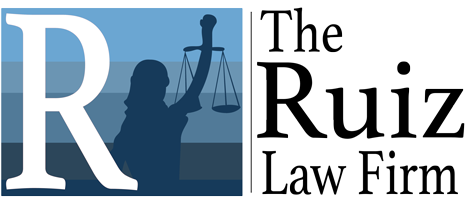Bankruptcy is a process provided for by federal law which enables an individual, a married couple, or a business to discharge their debts and get a fresh financial start. Filing bankruptcy immediately stops all of your creditors from continuing any attempts to collect the debt from you while your case makes its way through the bankruptcy court system, with some exceptions.
Individual bankruptcy is typically divided into two categories: Chapter 7 Bankruptcy and Chapter 13 Bankruptcy. Each type of consumer bankruptcy is named according to the applicable chapter of the Code- Title 11 of the U.S. Code.
Chapter 7 Bankruptcy is the most common, most popular kind of bankruptcy; it’s what most people think of when they think of bankruptcy. Chapter 7 is often the easiest and least expensive way for people to achieve a fresh start. It is basically a liquidation of any of the debtor’s assets that are not exempt from liquidation by law, to pay creditors some portion of the debt.
Chapter 13 Bankruptcy has recently emerged as a powerful tool for those trying to save their homes, or otherwise reorganize their debt, due to the combination of the current state of the housing market and a procedure commonly referred to as a “2nd mortgage lien strip” which allows you to avoid/strip off mortgages that have no value. Chapter 13 is commonly utilized by those who have an income that is greater than their state’s median income, or those that want to keep certain property, while repaying past due amounts over a period of 3 to 5 years.
| Chapter 7 Liquidation of Assets | Chapter 13 Reorganization of Debts for an individual with regular income |
| Chapter 7 is commonly used when: You have little property except for the basic necessities like furniture and clothing. | Chapter 13 is commonly used when: You have significant equity in a home or other property and you want to keep it. You have regular income and can pay your living expenses, but you can’t keep up the scheduled payments on your debts. |
| Advantages of Chapter 7: Most unsecured debts can be discharged (completely eliminated). The process moves quickly—you may receive your discharge in just a few months. Creditors can’t contact you while the automatic stay is in effect—or after debts are discharged. | Advantages of Chapter 13: You can keep most of your property while spreading out time to pay past due accounts. You’ll have 3-5 years to catch up delinquent accounts according to a schedule that you and the bankruptcy trustee have agreed is workable for you. You’ll make one monthly payment to the bankruptcy trustee for distribution—you’ll have no direct contact with creditors during the protection period of 3-5 years. Co-signers may be protected. |
| Who can file under Chapter 7? Debtors who have qualified under the ‘means test’ and completed a required pre-filing session with a credit counselor may file for Chapter 7 bankruptcy protection. | Who can file under Chapter 13? Any individual debtor whose unsecured debts are below $360,475 and whose secured debts are less than $1,081,400. |
Note: Due to the complexity of bankruptcy law, and the difficulty of determining which form of bankruptcy will apply to any given situation, it is important that you consult with a qualified attorney to discuss your bankruptcy options.
It is important to know that while most debts are dischargeable in bankruptcy, some are not. The debts that can’t be discharged vary slightly between the different chapters of bankruptcy.
Here is a list of debts that generally cannot be discharged:
- Debts you forget to list in your bankruptcy papers, unless the creditor learns of your bankruptcy case.
- Debts for personal injury or death caused by your intoxicated driving.
- Fines and penalties imposed for violating the law, such as traffic tickets and criminal restitution.
- Most debts for taxes owed to local, state or federal agencies.
- Debts incurred through a fraudulent act, under false pretenses or false representations.
- Debts owed to a spouse, former spouse, or child, for alimony, maintenance, or support of a spouse or child, with a separation agreement, divorce decree or other order of a court of record.
- Debts owed for injury to another person or property owned by another (as in a court judgment).
- Debts for government-sponsored educational loans, unless it can be shown that repayment will cause an undue hardship.
- Debts for death or personal injury caused by the debtor’s drunk driving or from driving while under the influence of drugs or other substances (as in a court judgment).
- Debts incurred after a bankruptcy was filed.
